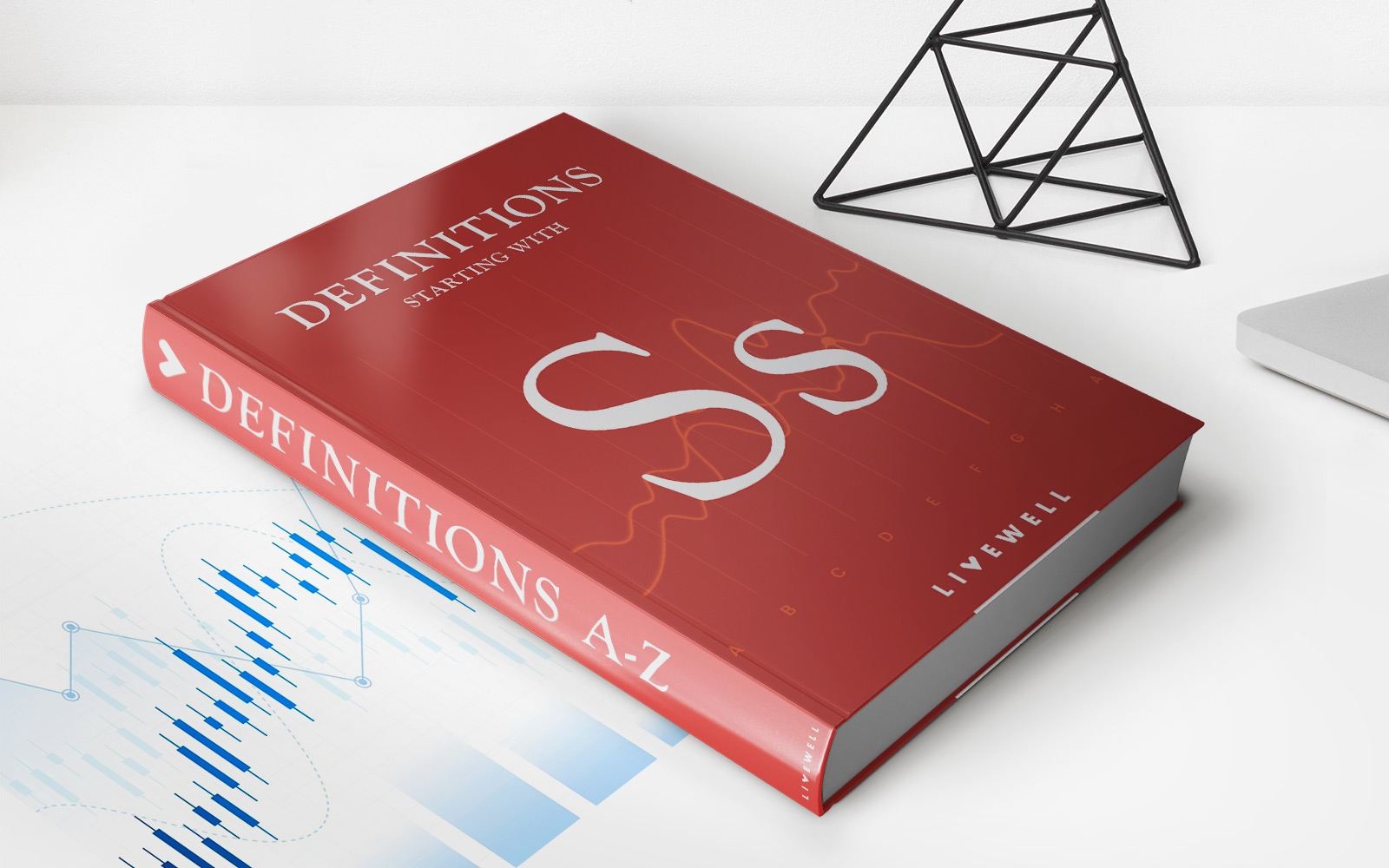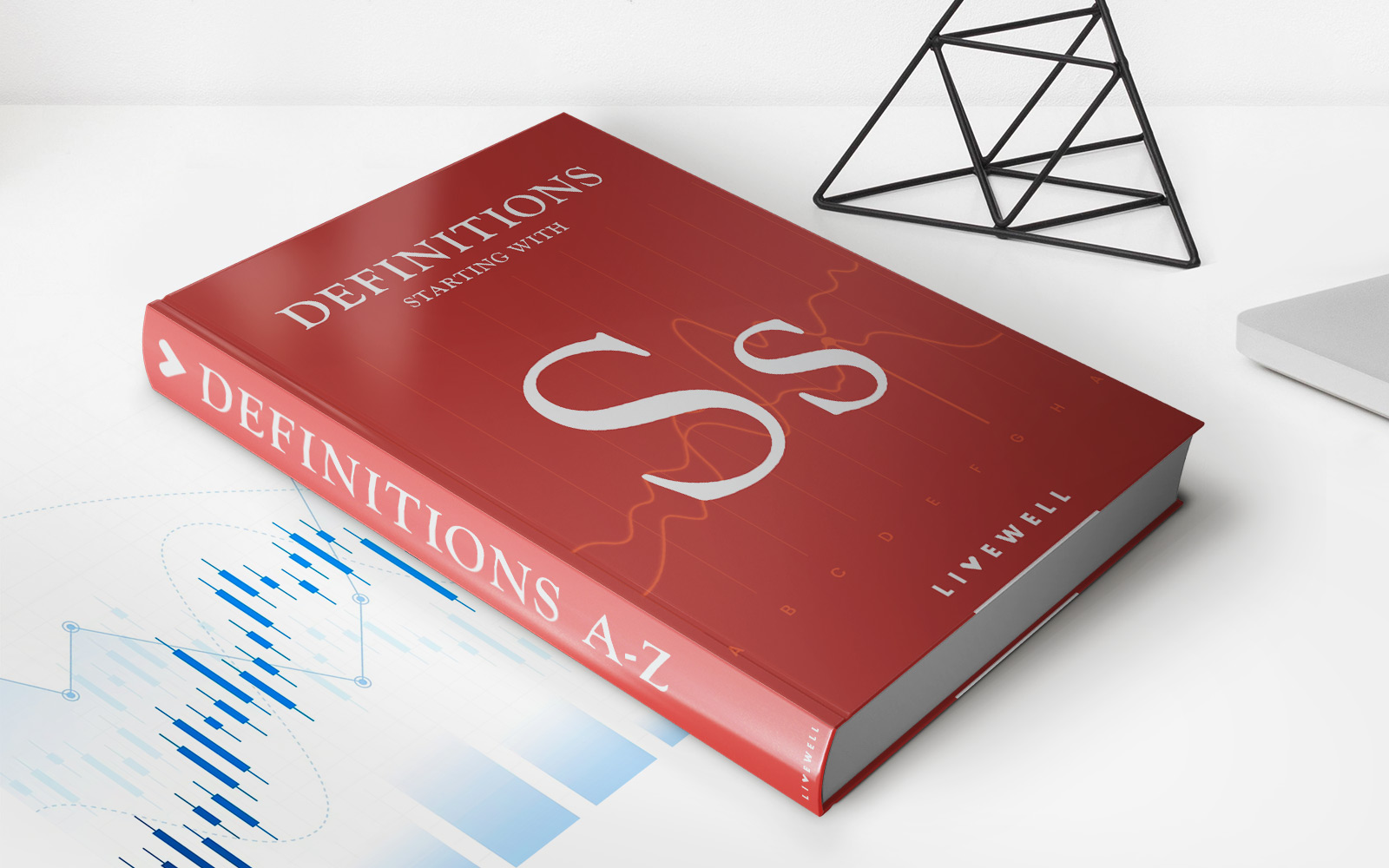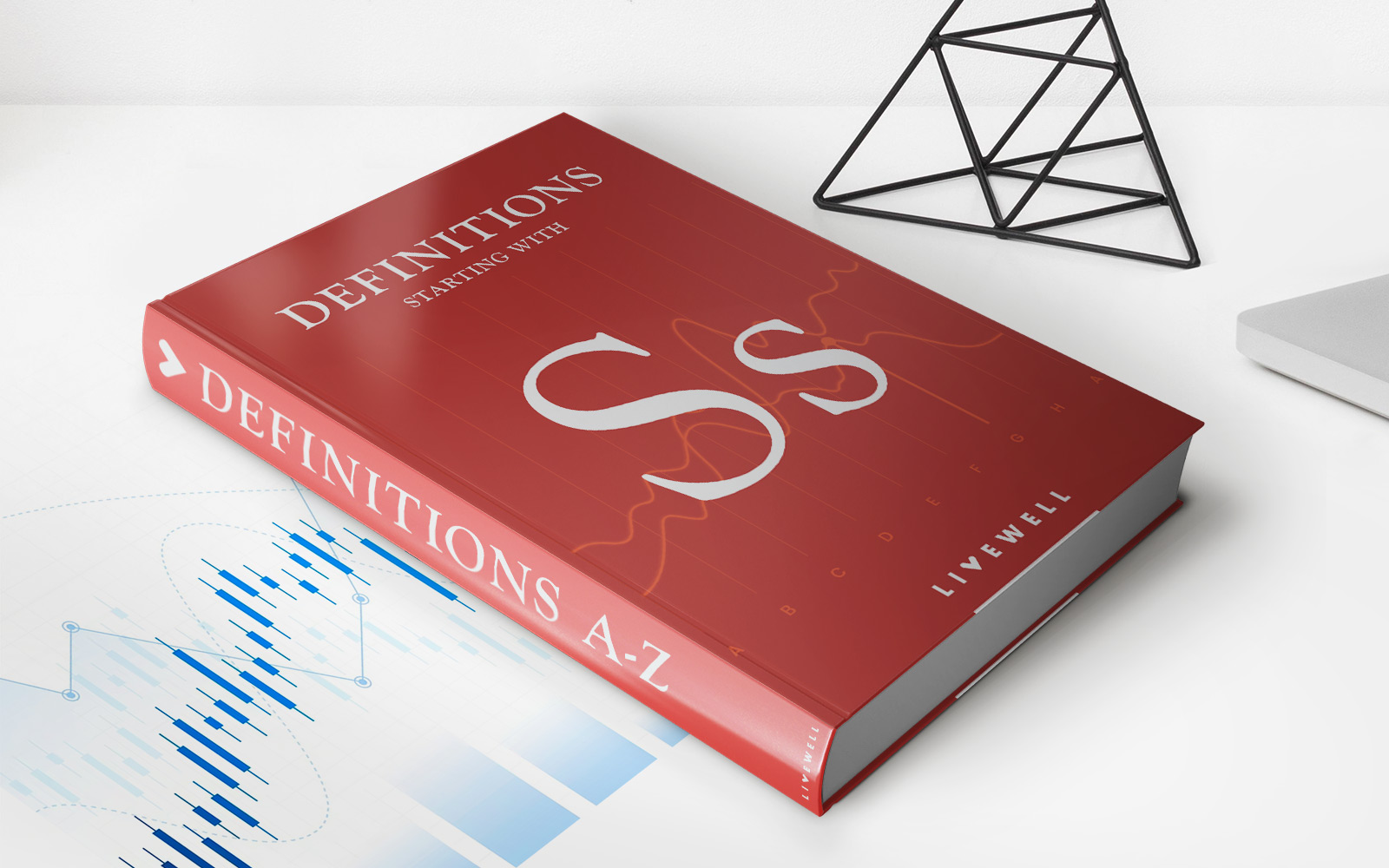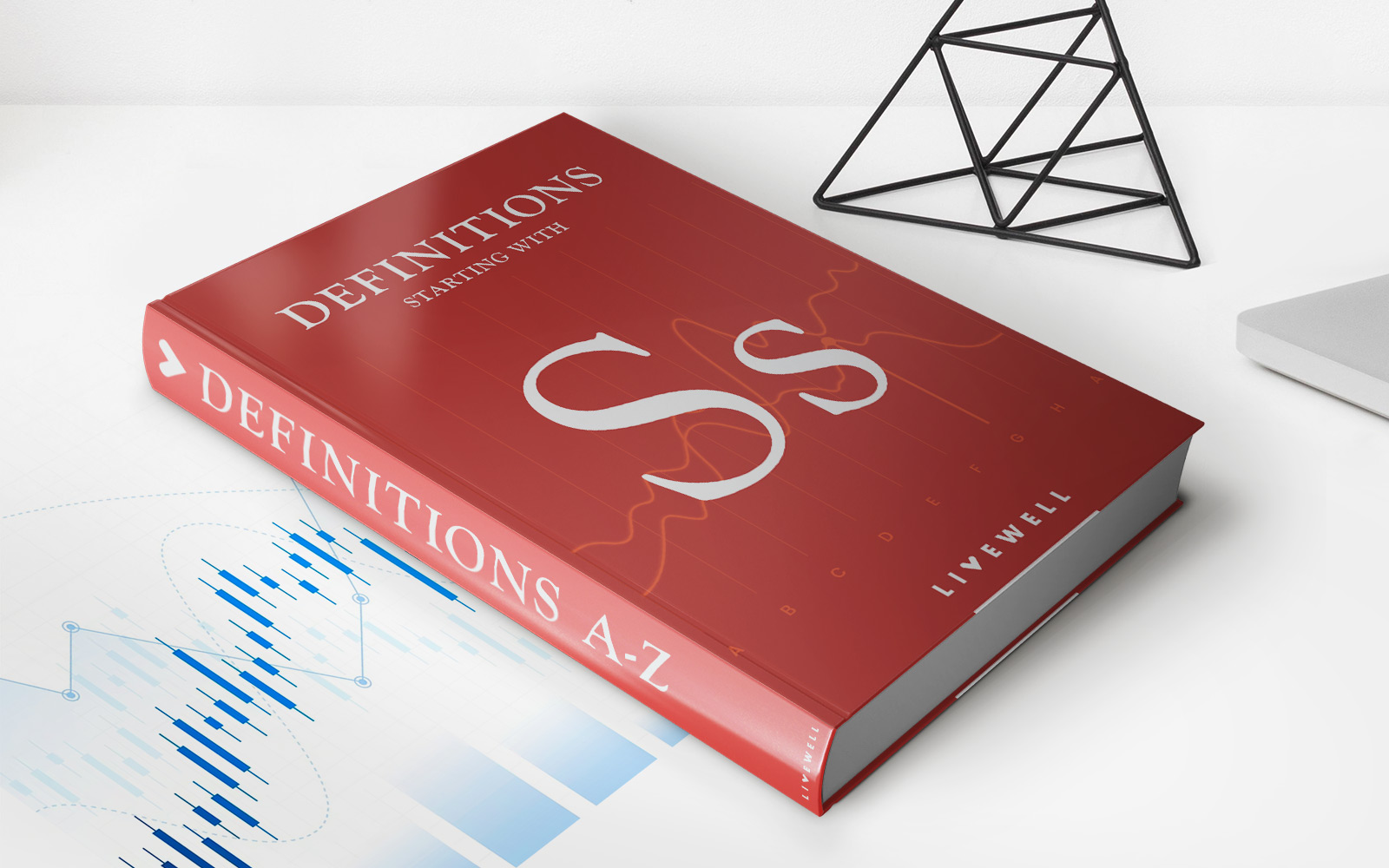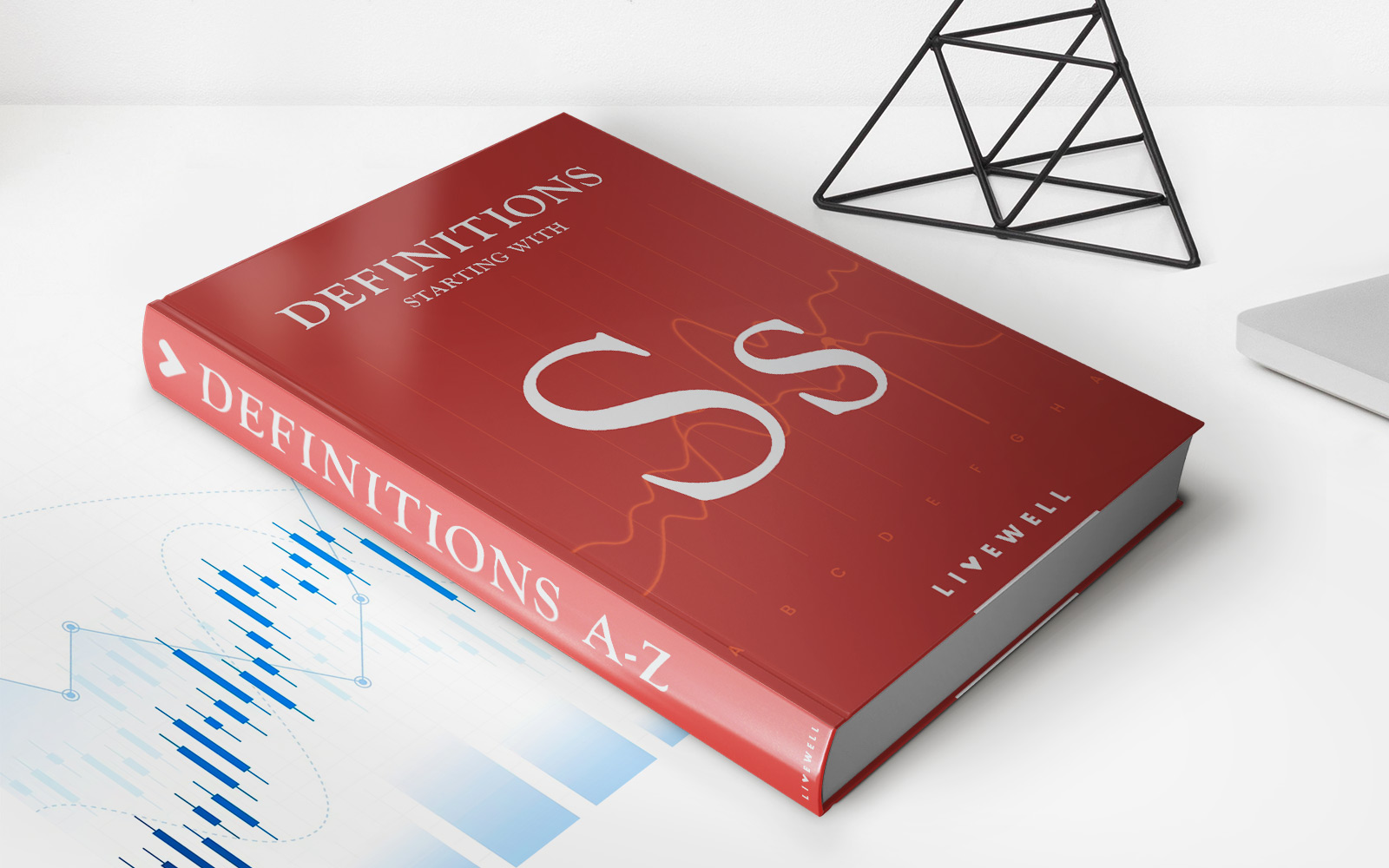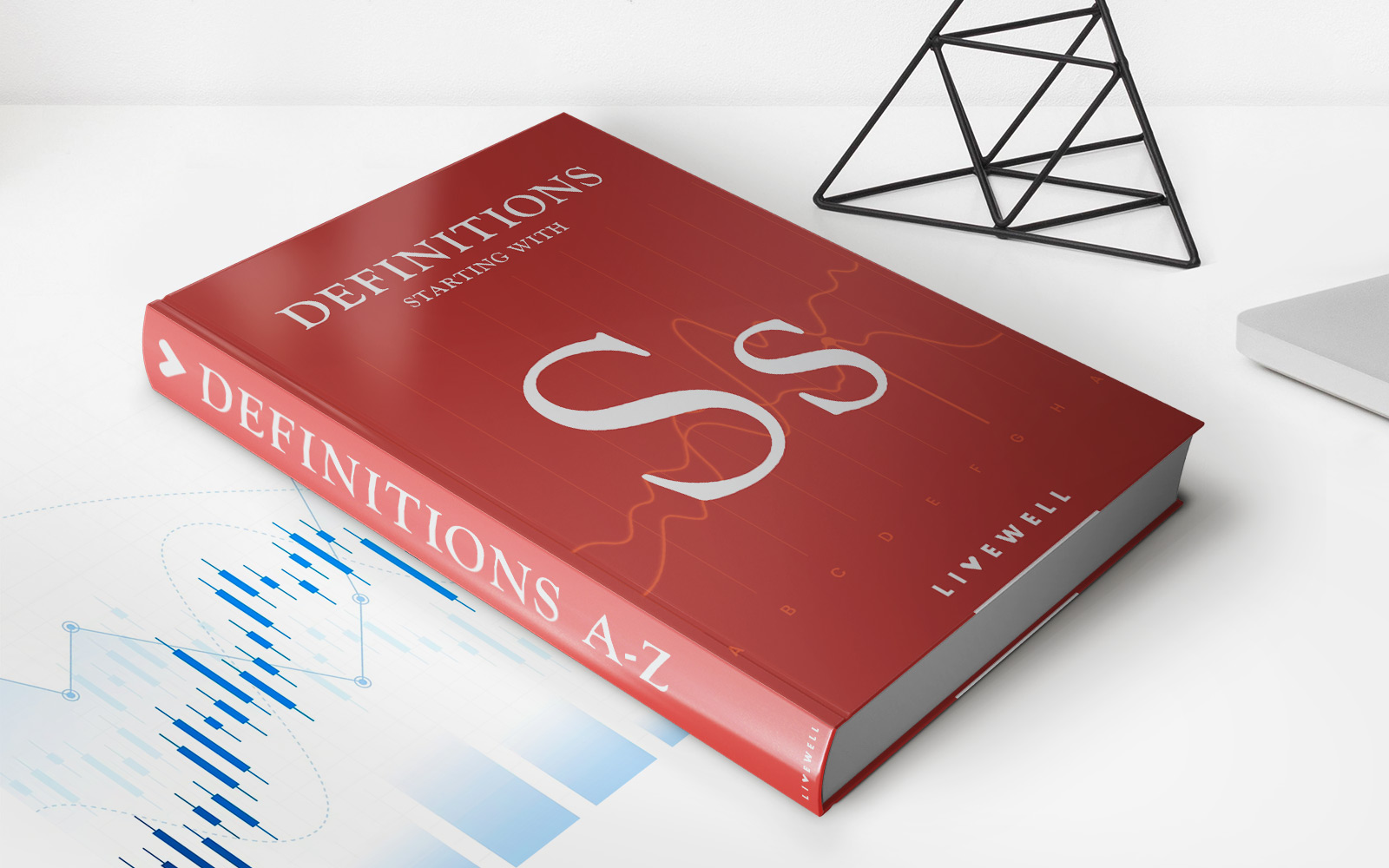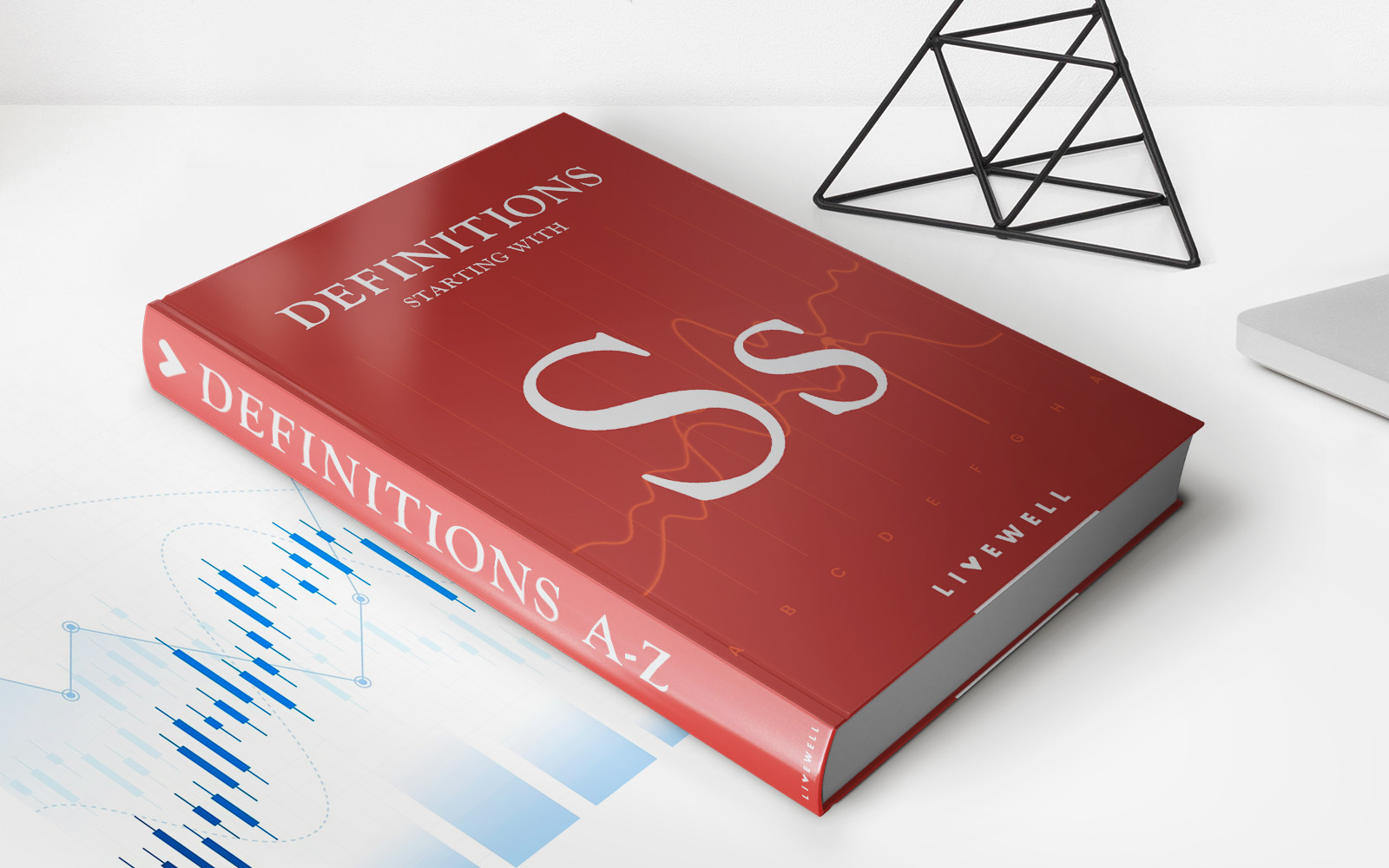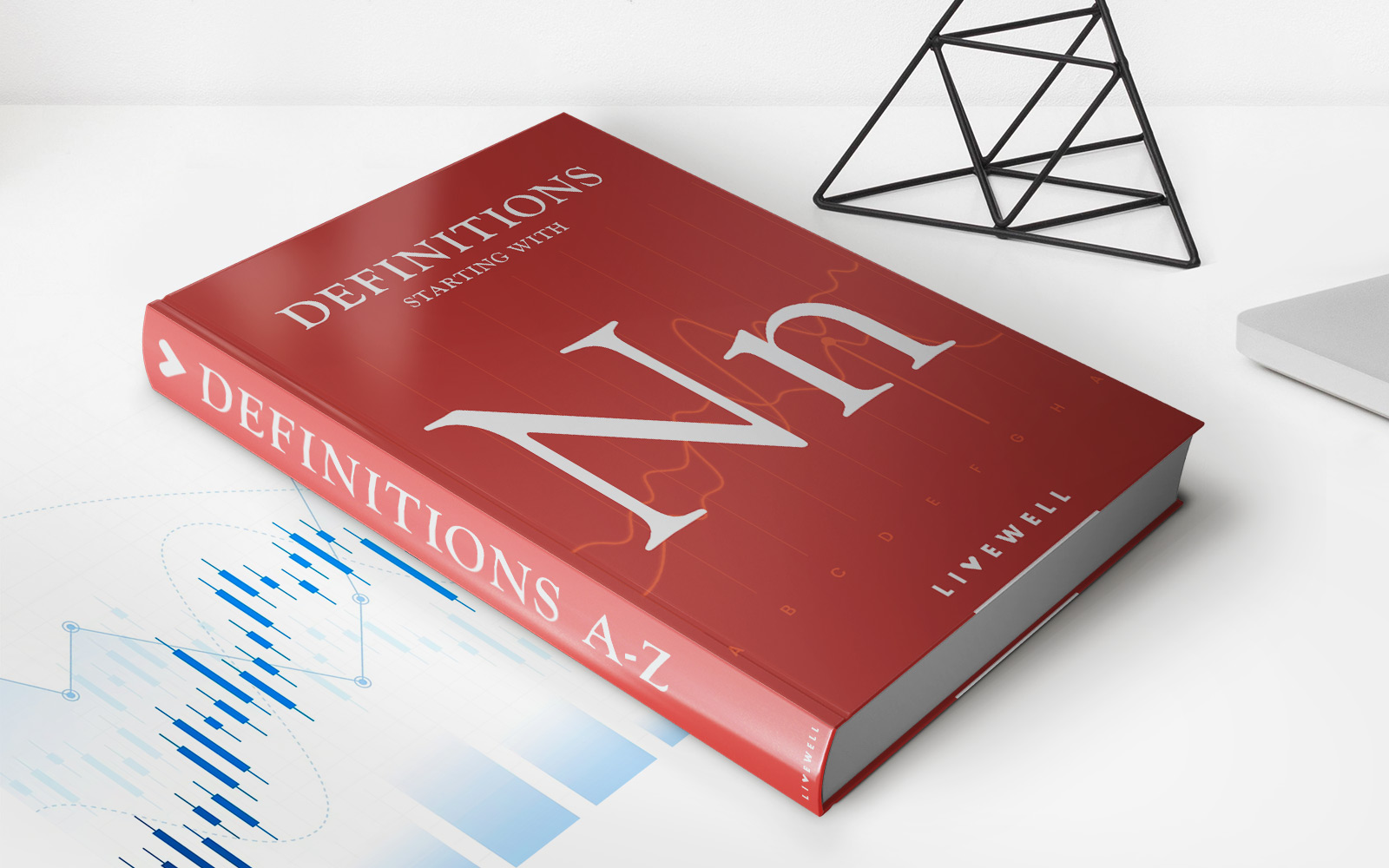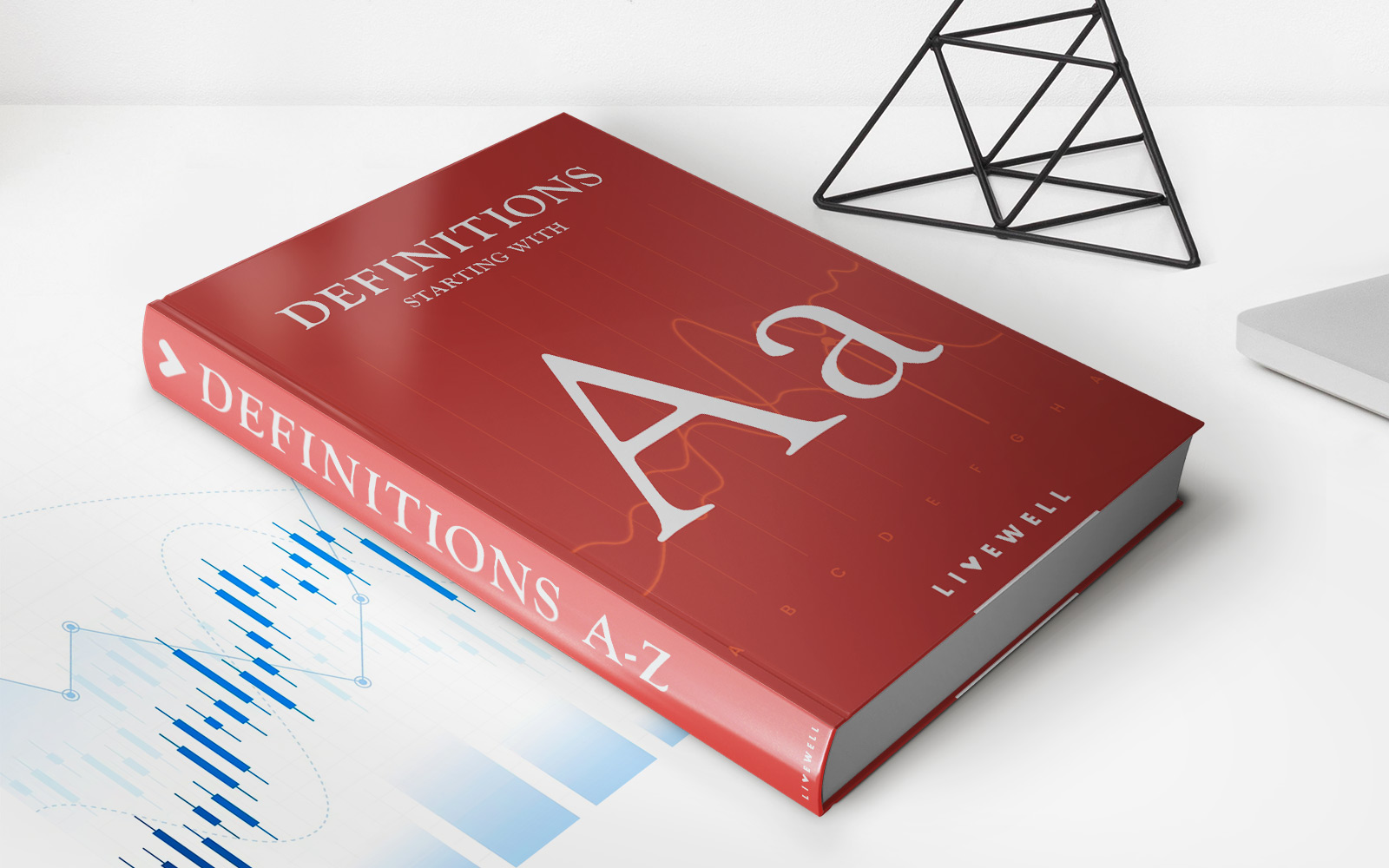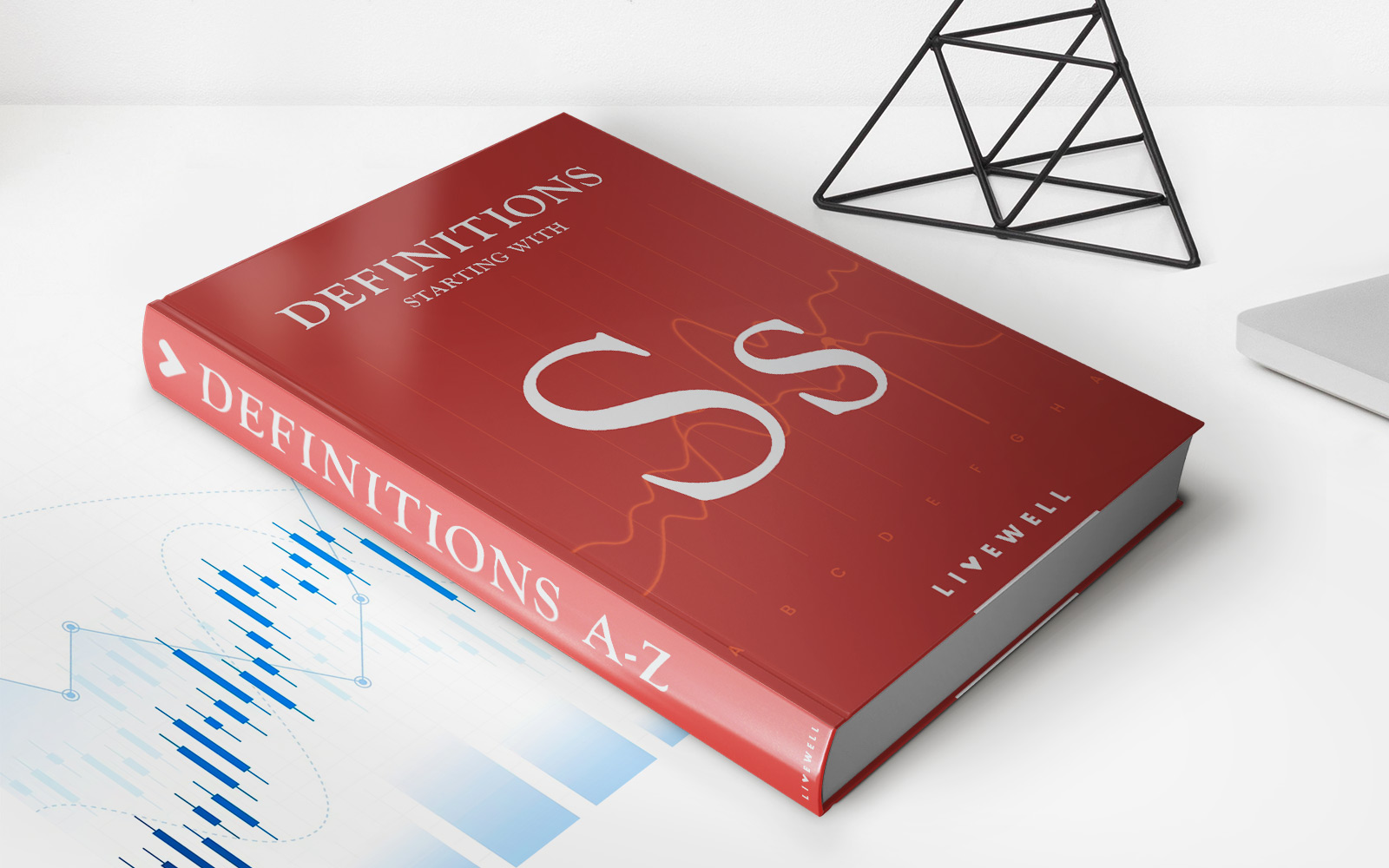

Finance
SEC Form 24F-2 Definition
Published: January 24, 2024
Learn the definition of SEC Form 24F-2 in the field of finance. Understand its purpose and implications to enhance your financial knowledge.
(Many of the links in this article redirect to a specific reviewed product. Your purchase of these products through affiliate links helps to generate commission for LiveWell, at no extra cost. Learn more)
Understanding SEC Form 24F-2 Definition: A Key Aspect of Mutual Funds
When it comes to investing in mutual funds, there are various regulatory requirements that need to be fulfilled. One such requirement is the filing of SEC Form 24F-2. But what exactly is SEC Form 24F-2 and why is it important for investors to understand its definition? In this blog post, we will delve into the details of SEC Form 24F-2 and highlight its significance in the world of finance.
Key Takeaways:
- SEC Form 24F-2 is a filing document that provides important information about registered investment companies to the Securities and Exchange Commission (SEC).
- The form discloses the composition of an investment company’s portfolio and its distribution plans.
What is SEC Form 24F-2?
SEC Form 24F-2 is a filing document required by the SEC for mutual funds and other registered investment companies. It is designed to provide investors with transparency and insight into the holdings and distribution plans of these investment vehicles. The form includes essential information about the fund, such as its portfolio composition, distribution channels, and any alternative offering arrangements.
By filing SEC Form 24F-2, investment companies demonstrate compliance with regulatory requirements and provide crucial information for the benefit of shareholders. The form ensures that investors have access to the relevant details they need to make informed decisions about their investments.
Key Information Disclosed in SEC Form 24F-2
SEC Form 24F-2 requires investment companies to disclose specific information. Here’s what you can expect to find in the filing:
- Portfolio Holdings: The form provides a detailed breakdown of the investment company’s portfolio holdings, including the names of securities, quantity held, and the percentage of assets allocated to each.
- Valuation: Investment companies must disclose the methodologies used for valuing the securities in their portfolio, ensuring transparency in the valuation process.
- Distribution Plans: The form outlines the distribution channels employed by the investment company, including the names of principal underwriters, dealers, and intermediaries involved.
- Alternative Offering Arrangements: If the investment company uses alternative offering arrangements, such as exchange offers or dividend reinvestment plans, these arrangements are disclosed in the form.
It is worth noting that SEC Form 24F-2 is filed annually within 90 days after the end of the fund’s fiscal year, providing investors with up-to-date information about the investment company’s holdings and distribution plans.
Conclusion
SEC Form 24F-2 plays a vital role in ensuring transparency and accountability in the world of mutual funds. By understanding the definition and purpose of this filing document, investors can make informed decisions regarding their investment portfolios. When evaluating mutual funds, it is crucial to review the information disclosed in SEC Form 24F-2, particularly the portfolio holdings and distribution plans, to gain insights into the investment company’s strategies and practices.
